
Culture
23:04, 25-Jul-2018
Where is the most authentic roasted duck dish in China?
Updated
22:36, 28-Jul-2018
CGTN
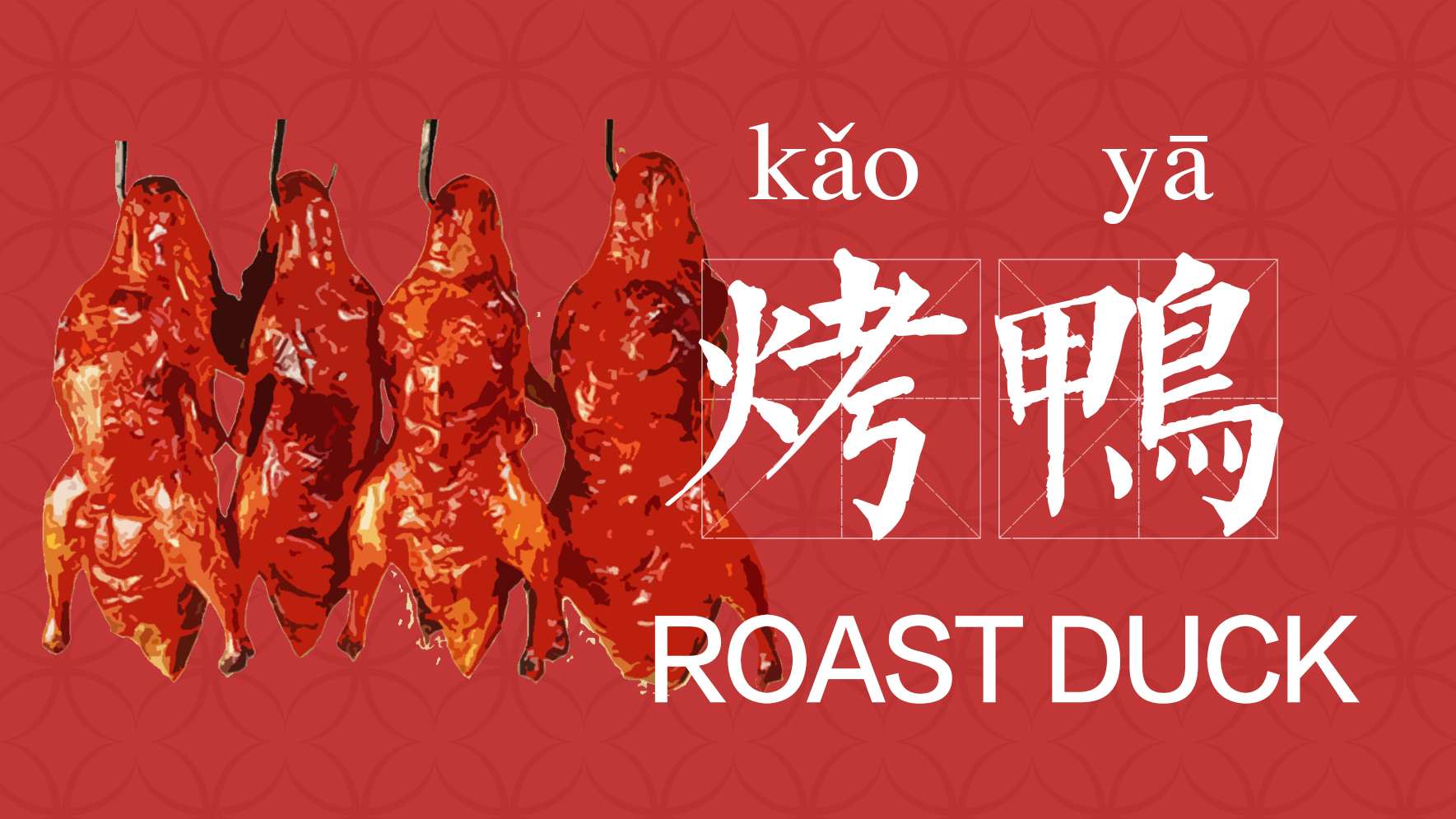
“What is the most authentic roasted duck dish in China” and “Where is the best place to eat roasted duck in China?” are common questions that pop up when typing in “roasted duck” in search engines.
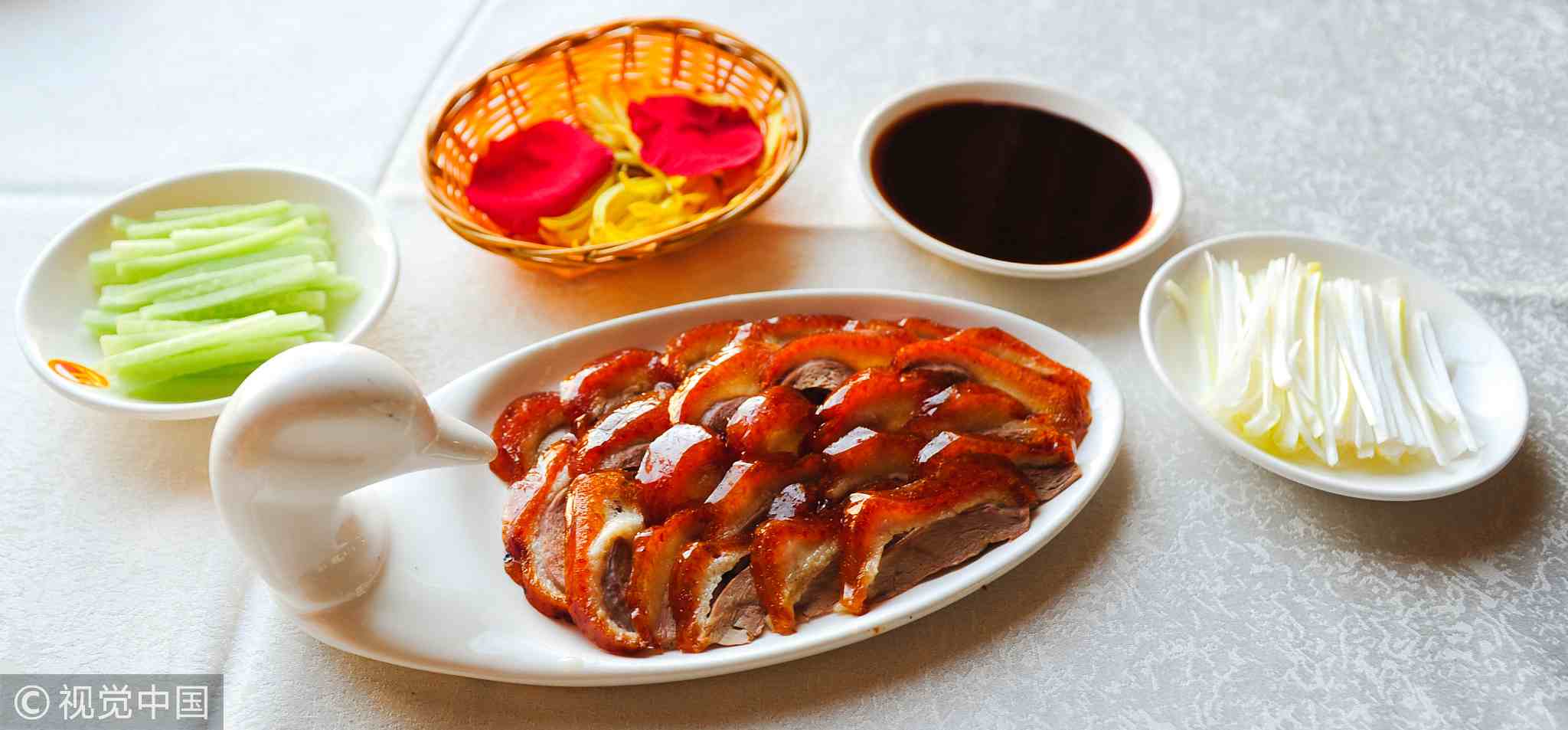
Peking roasted duck dish /VCG Photo
Peking roasted duck dish /VCG Photo
People describe the dishes as “classy” or “tasteful” in online reviews. But aside from these questions, even some Chinese people may wonder about the differences in taste between roasted duck dishes from Beijing in the north and those from Guangdong and Hong Kong in the south. They might also wonder if the roasted duck really does taste different depending on if it comes from Quanjude or Bianyifang, the two Beijing restaurants famous for the dish.
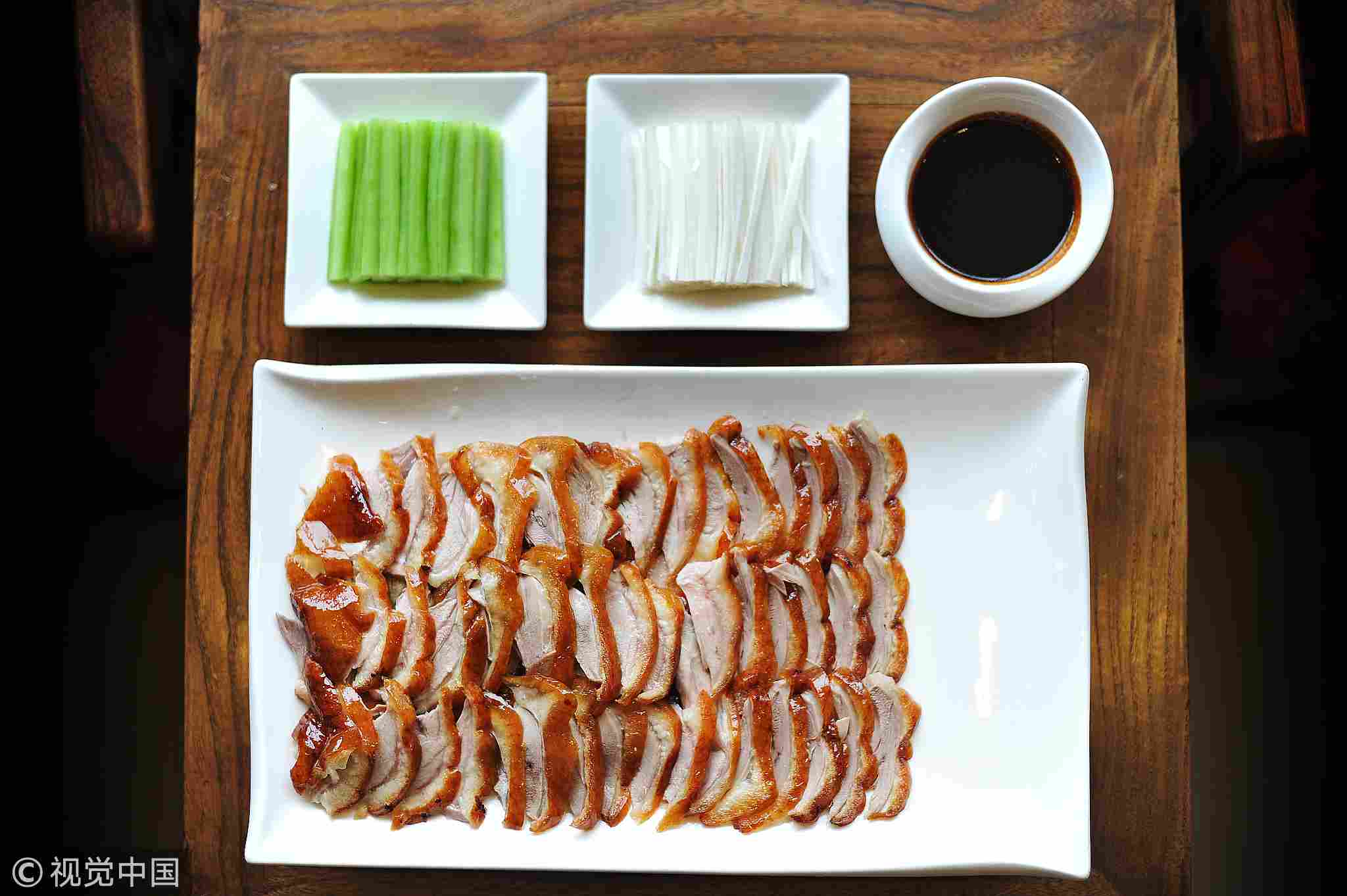
A dish of Peking roasted duck /VCG Photo
A dish of Peking roasted duck /VCG Photo
If you compare these ducks to see which one is better, then you’re going to have a hard time finding the winner. The roasted duck is renowned in China’s north and south, but the dishes are prepared and eaten differently. For the Peking (Beijing) duck, the preparation of the dish is divided into two schools: namely hang-grilled and stew-grilled.
Open oven style
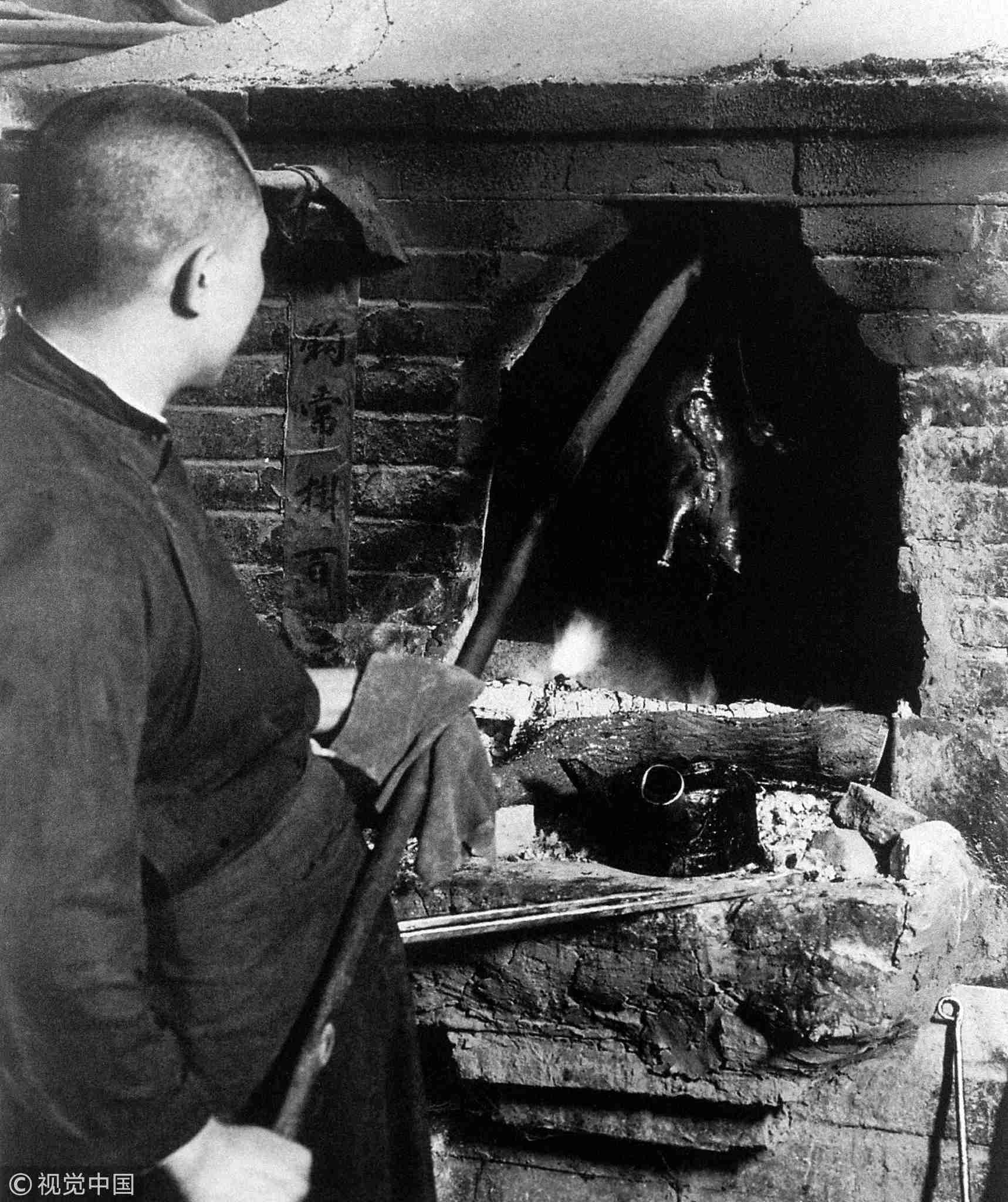
Peking roasted duck /VCG Photo
Peking roasted duck /VCG Photo
The cooking guide, Shizhenlu, dating back to the Northern and Southern dynasties (420-589 A.D.) records the roasted duck as a dish specially served in the palace.
The open-oven duck is a trademark of Quanjude, the time-honored restaurant established in 1864. You may seldom hear people saying “Let’s eat Peking roasted duck!” nowadays. Instead, Quanjude is a synonym for the hang-grilled duck in the country. Of course, there are other brands also serving the national classic dish in the same way to meet the desire of foodies for duck meat.
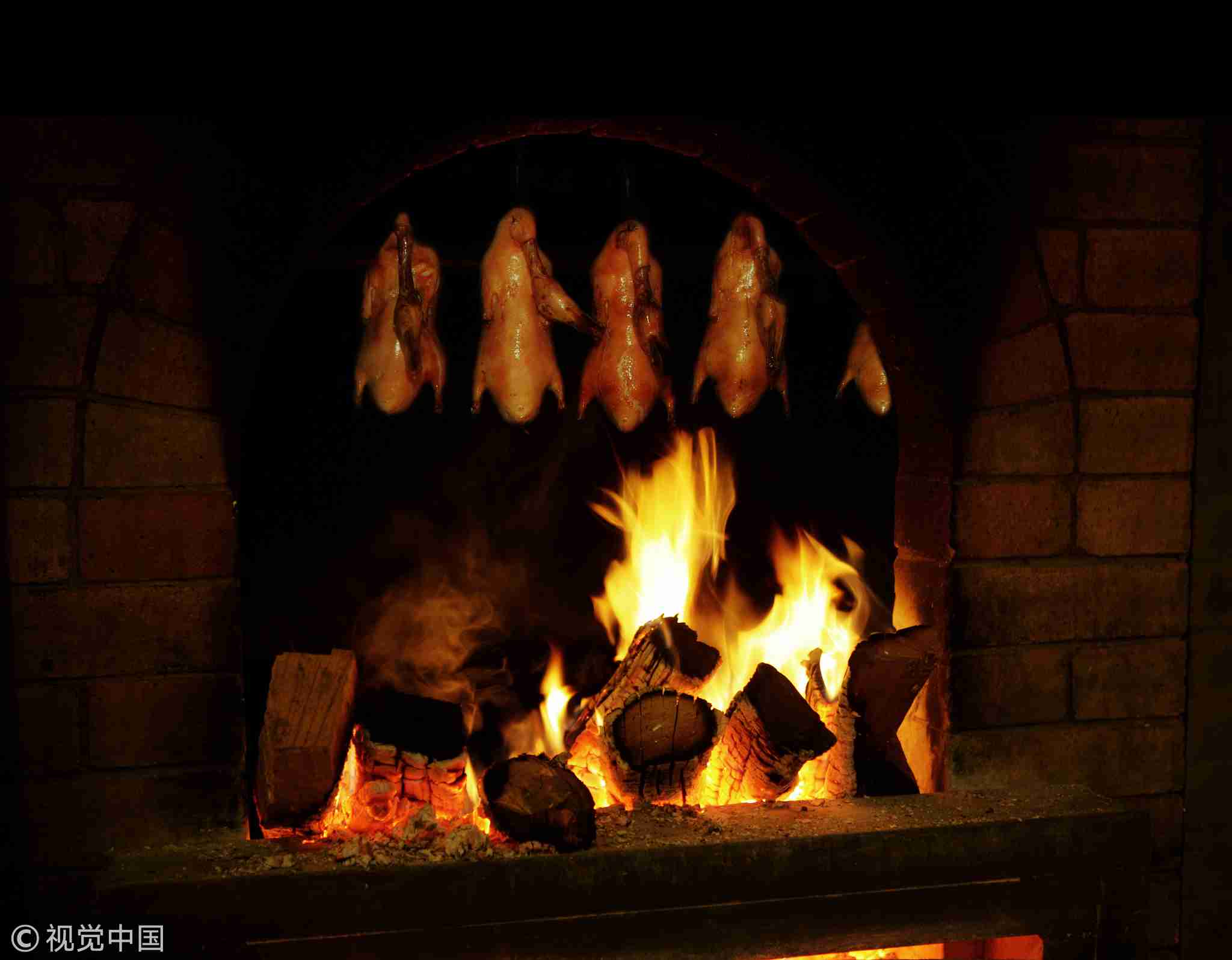
The open oven style of roasted duck /VCG Photo
The open oven style of roasted duck /VCG Photo
The open oven style of roasted duck was said to have been developed during the Qing Dynasty (1644–1912 A.D.). As its name indicates, the ducks are hung on hooks in an oven without any covering and roasted on an open fire fueled by wood from fruit trees, usually peach or pear trees. The ducks are ready after a 40-minute roast at a temperature of 270 degrees Celsius. During the process, chefs need to turn and move the ducks at two-minute intervals in order to have every part fully roasted.
Diners will be surprised by the separate servings of meat and skin when chefs slice the hang-grilled duck in front of them. Dipping the crispy skin in granulated sugar and wrapping the meat in a thin pancake with shredded spring onion, cucumber, turnip and sweet bean sauce, diners will naturally glow with smiles thanks to the different tastes from the same duck. The sumptuous meal usually ends with a bowl of duck soup.
Closed oven style
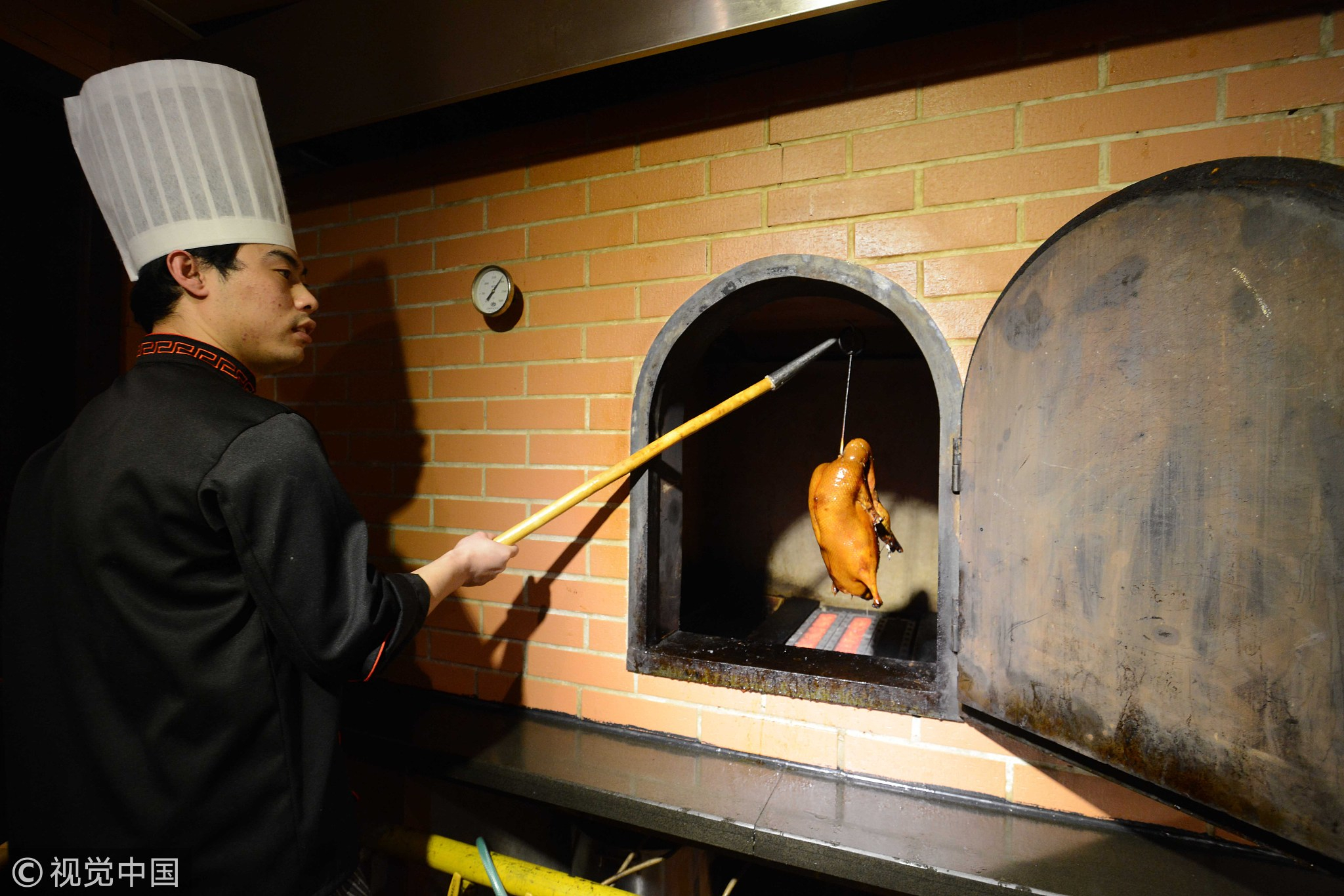
The closed oven style of roasted duck /VCG Photo
The closed oven style of roasted duck /VCG Photo
The duck cooked in a closed oven is a representative dish of Bian Yi Fang, which boasts of the oldest restaurant among China’s time-honored brands and was established in 1416. The restaurant chain’s stew-grilled style is listed as a National Intangible Cultural Heritage.
Different from the separate servings of meat and skin, the style comes together as a result of the way it’s cooked. Ducks are placed in a brick oven after the oven is heated by burning sorghum straw. Usually a closed oven can roast five to seven ducks.
Temperature in the oven is crucial to the texture of duck meat because the duck is cooked through the convection of heat inside the oven. Ducks are generally sealed inside the preheated oven for half an hour.
Nanjing Roasted Duck
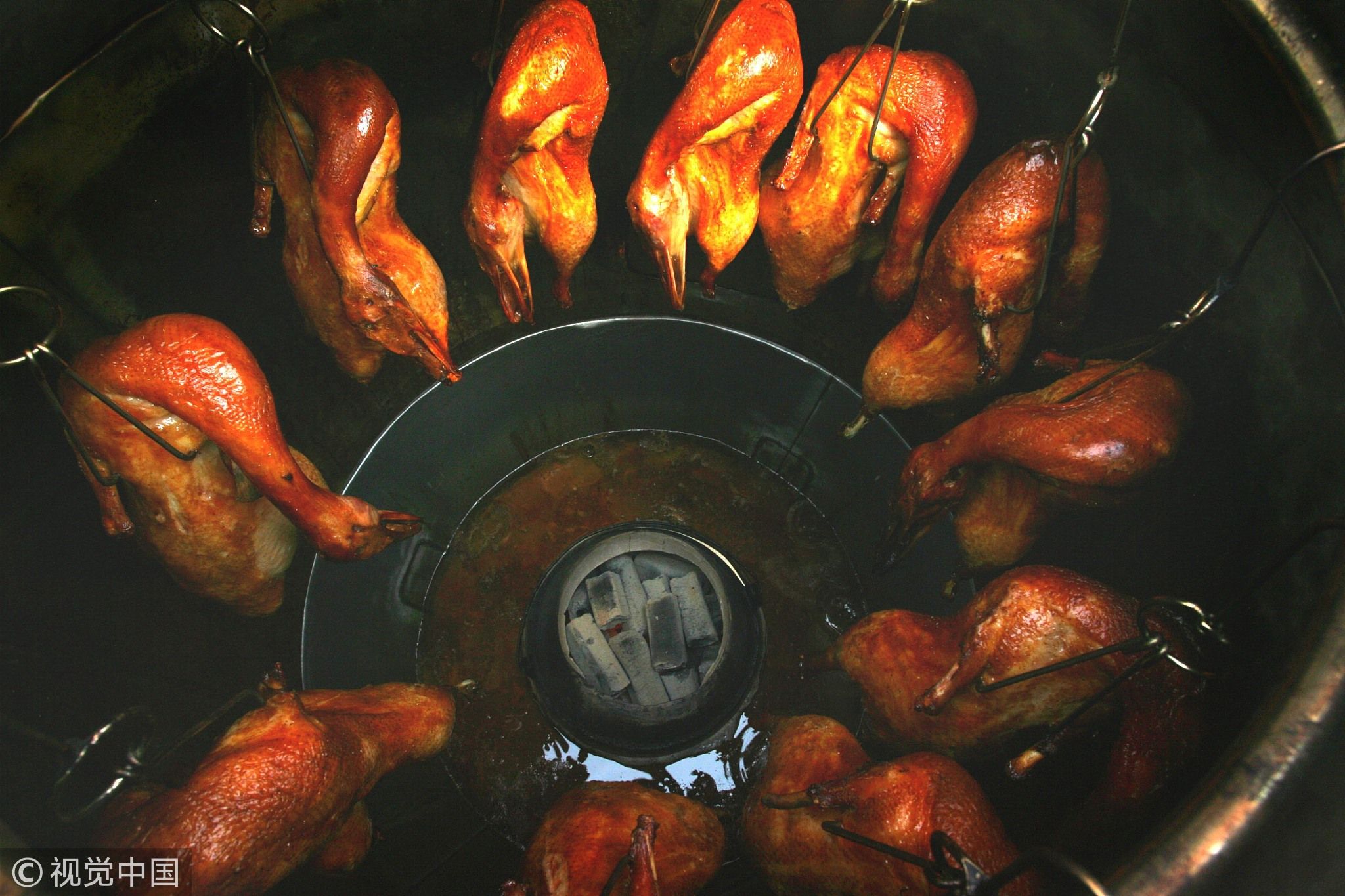
The Nanjing-style roast duck /VCG Photo
The Nanjing-style roast duck /VCG Photo
The Nanjing roasted duck isn’t as popular as its counterpart in the Chinese capital, but it is said that the current Peking roasted duck recipes were inspired by those from Nanjing. Similar to Bian Yi Fang’s closed oven style, the ducks will be put in the iron oven after the oven is preheated.
When a Nanjing roasted duck is ready, it is served separately with brine made of ginger, cinnamon barks, Chinese onions, garlic, bay leaves and chili peppers. Diners need to dribble a little bit of brine before enjoying the duck.
On the dish’s regional distinctiveness, a Nanjing roasted duck chef says, “Nanjing roasted duck has crispy skin and tender meat, but it’s leaner than other roasted ducks in China.”
Cantonese Roasted Duck
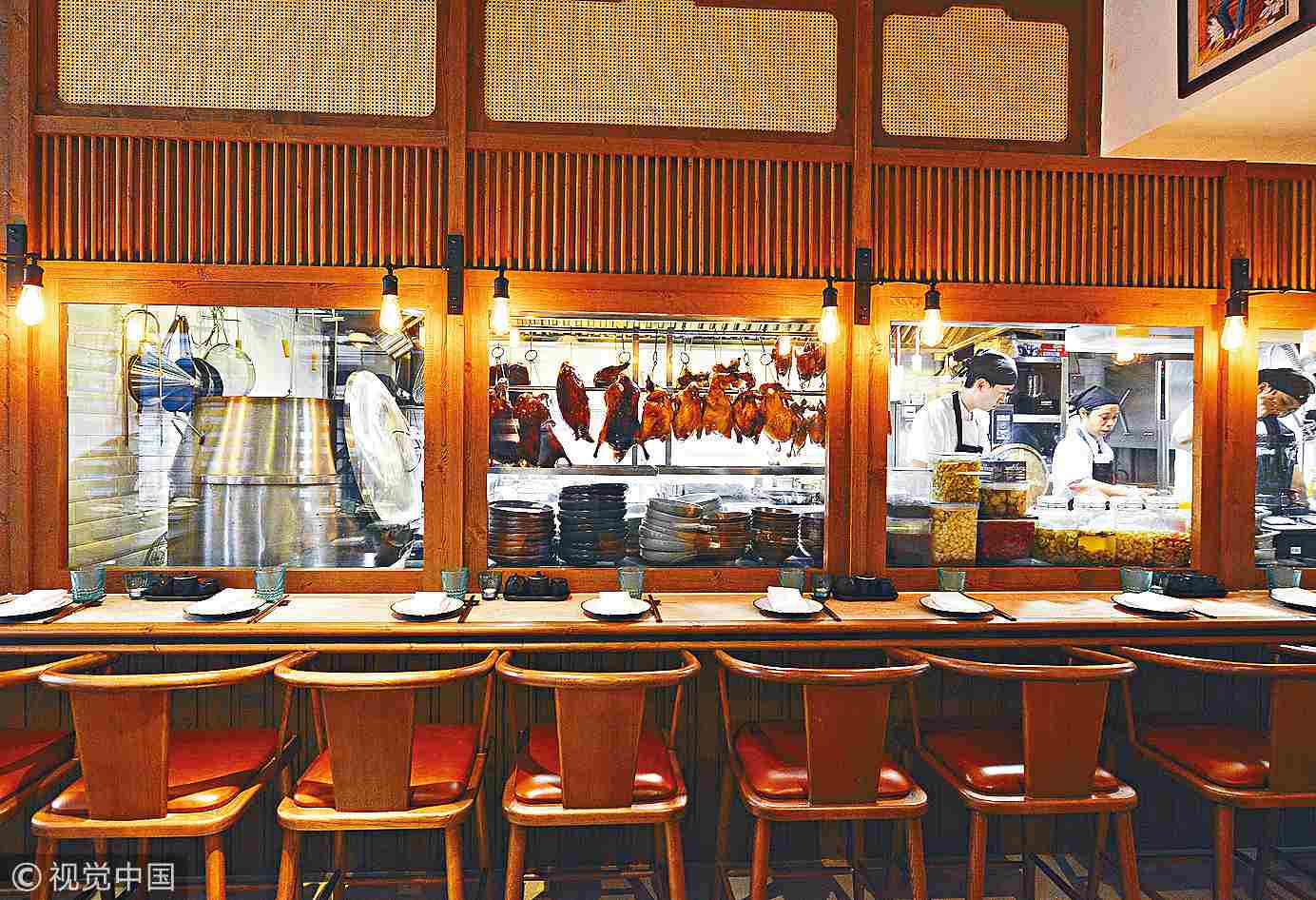
Cantonese ducks are often hung on a hook to air or dry. /VCG Photo
Cantonese ducks are often hung on a hook to air or dry. /VCG Photo
The Cantonese roasted duck is easier to make than the Peking roasted duck. Instead of pumping air to separate the skin from the meat, chefs need to sew the duck first and then boil it to contract the skin. Before being roasted in a hot oven, the duck is often hung on a hook to be aired or dried under sunshine for around 36 hours, which is usually seen through the window of a roasted duck restaurant.
Like the Nanjing roasted duck, the Cantonese duck is served with sauce that is usually sweet and salty.
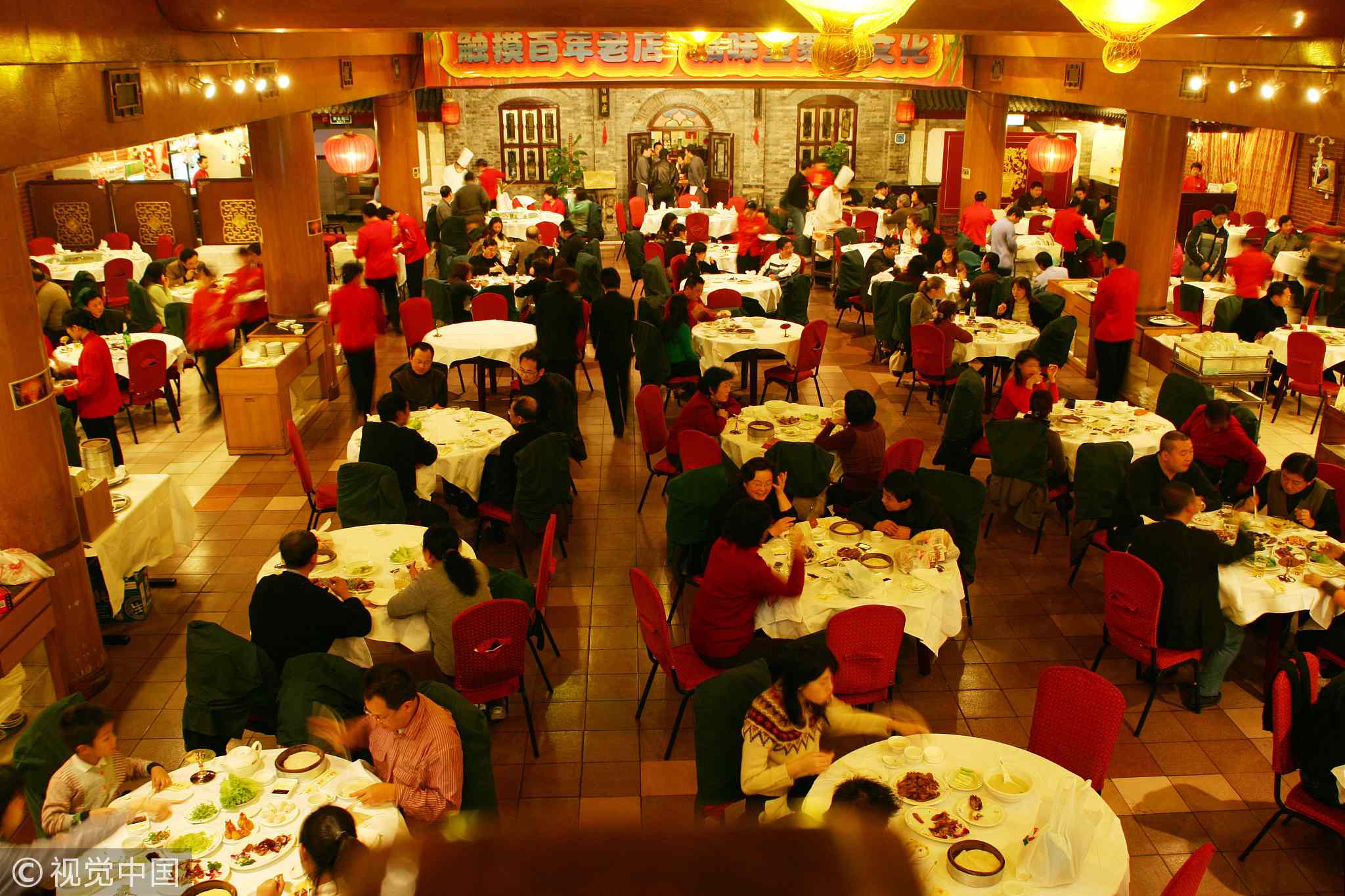
Diners enjoy their dish of the roasted duck. /VCG Photo
Diners enjoy their dish of the roasted duck. /VCG Photo
Nowadays, many restaurants in China offer all three kinds of duck on their menu, each of which has its own unique flavor to cater to diners with their own preferences. On the question-and-answer website Quora, foodies haven’t been able to find a clear winner, but their reviews all have a lot of mouthwatering adjectives to describe their feelings for the dish.
Different strokes for different folks. What is the most authentic roasted duck that you like?

SITEMAP
Copyright © 2018 CGTN. Beijing ICP prepared NO.16065310-3
Copyright © 2018 CGTN. Beijing ICP prepared NO.16065310-3